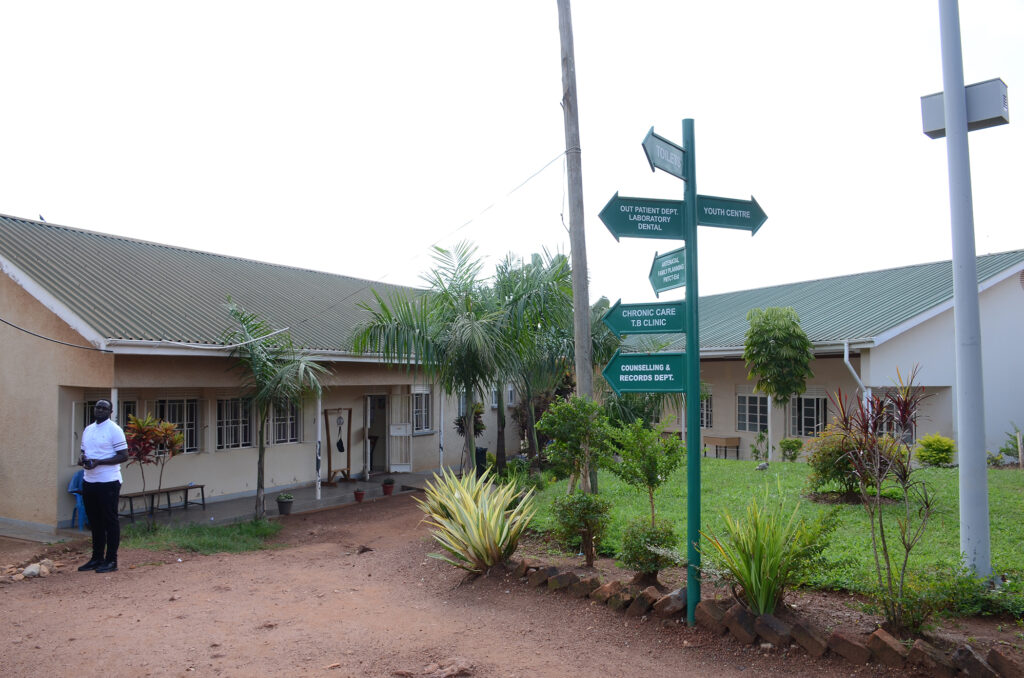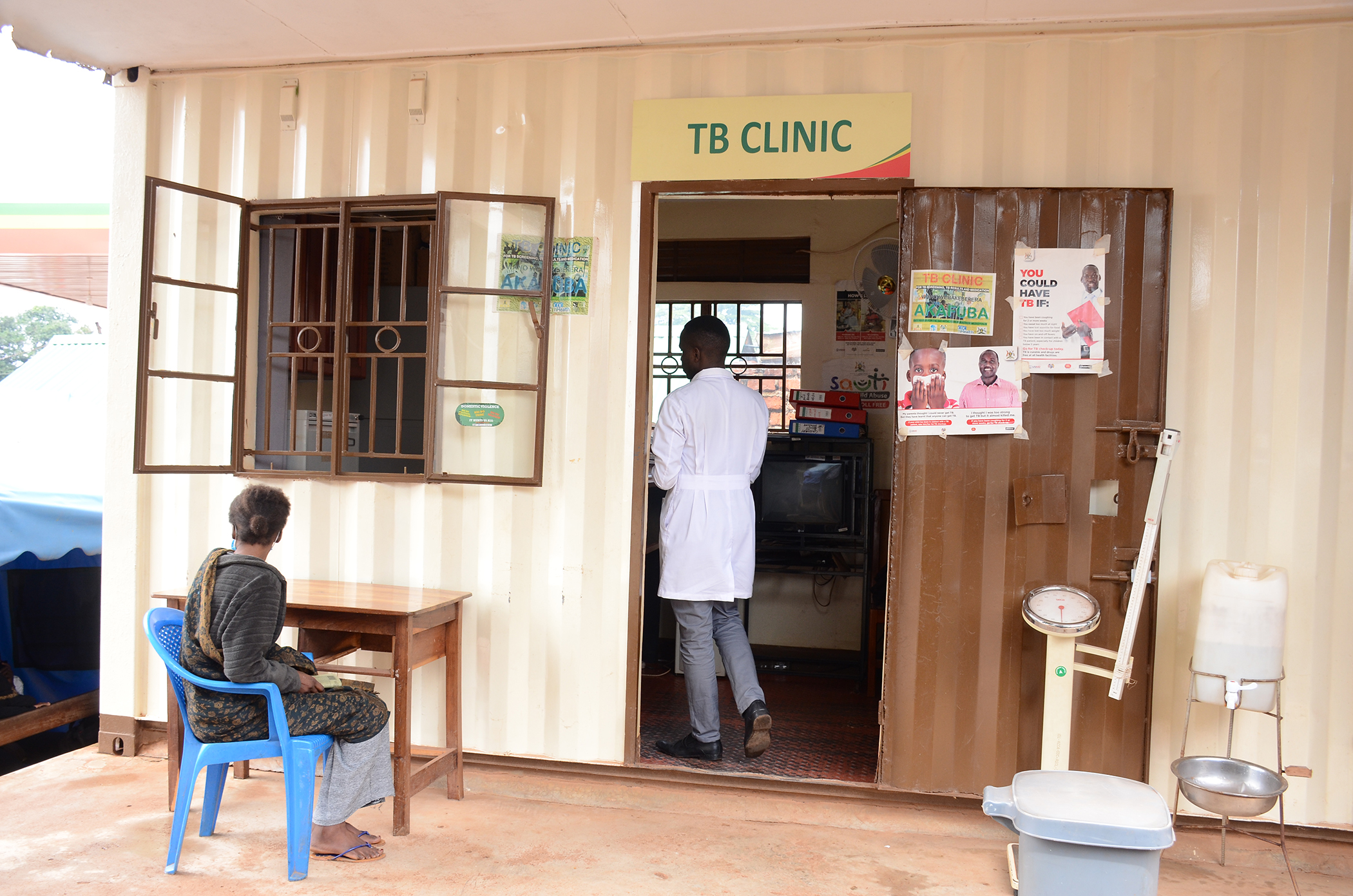A new study led by faculty at the University of Georgia demonstrates the potential of using artificial intelligence to transform tuberculosis treatment in low-resource communities. And while the study focused on TB patients, it has applications across the health care sector, freeing up health care workers to perform other necessary tasks.
Growing evidence has demonstrated the potential for AI to increase productivity, reduce health care worker burnout, and improve quality of care in clinical settings. The study, which was published last month in the Journal of Medical Internet Research AI, pilots the use of AI to watch thousands of submitted videos of TB patients taking their medication.

This application could automate the job of a health care worker watching a patient take their pill at a clinic, known as directly observed therapy (DOT). DOT is acknowledged as the best way to monitor and ensure TB treatment adherence, but this approach places a large time burden on patients and health care workers.
“Health care is an ever-growing industry needing a lot of hands. So, if we can put our hands where they must be and free them up to not do things that could be done in another way, I think we can be more efficient and deliver better quality care,” said lead author Juliet Sekandi, who specializes in mobile health research at the Global Health Institute at UGA’s College of Public Health.
Mobile health technologies have been shown to support clinicians in the battle to control TB in Uganda, which sees around 45,000 new cases per year. Sekandi and colleagues in Uganda launched a successful project in 2018, dubbed DOT Selfie, which harnessed the popularity of selfies to encourage TB patients to submit videos of themselves taking their daily meds.
“The patients are willing. It’s very acceptable to them because of the convenience and the autonomy it lends to them,” she said.
Since its launch, DOT Selfie has generated thousands of videos – but who is going to watch all those videos to confirm swallowing of TB medication?
So many videos, so little time
“A nurse or provider has to sit behind a computer and open those videos and confirm that somebody is taking their meds, right? Watching people putting pills in their mouth, it can be boring and monotonous,” said Sekandi.
And when a clinic is short-staffed, watching submitted videos quickly falls to the bottom of the to-do list, despite how important the monitoring piece is to TB control.
Health care is an ever-growing industry needing a lot of hands. So, if we can put our hands where they must be and free them up to not do things that could be done in another way, I think we can be more efficient and deliver better quality care,”
“Reading about what AI can do, then I realized, oh, now we can fill that part with an automation process,” said Sekandi.
She began working with colleagues from UGA’s School of Computing to develop deep learning models that could recognize when patients were taking their medications using nearly 500 videos from her DOT Selfie project.
They tested four models and found the top performing model to accurately review videos and identify patients taking their pills 85% of the time, which is comparable to a human doing the same task, but at much faster speed of a half second per video. The least successful model still performed well, with around 78% accuracy.
“So, AI is really an accelerator of that process because then a nurse will not be worried that they have to watch all the 10,000 videos, but maybe watch only a few that need verification, say100 out of 10,000.” – Juliet Sekandi
A promising tool to plug care gaps
This innovation has the potential to boost TB medication adherence, which benefits the patient, curbs TB spread and safeguards effective TB treatment, she said.
“It shows the potential of advancing intelligent and personalized health care by exploiting visual information,” said co-author Sheng Li, an AI researcher at the University of Virginia’s School of Data Science, who collaborated with Sekandi on the project while on the faculty at UGA.
“I’m excited that there’s yet another tool to add to our toolkit to be able to plug gaps in the delivery of health care,” said Sekandi.
“And one of them is really the shortage of human resources. I’m not saying that every single shortage will be addressed by AI, but the task at hand is for us to identify those mundane tasks that can actually be handed off.”
The paper, “Application of Artificial Intelligence to the Monitoring of Medication Adherence for Tuberculosis Treatment in Africa: Algorithm Development and Validation” is available online.


